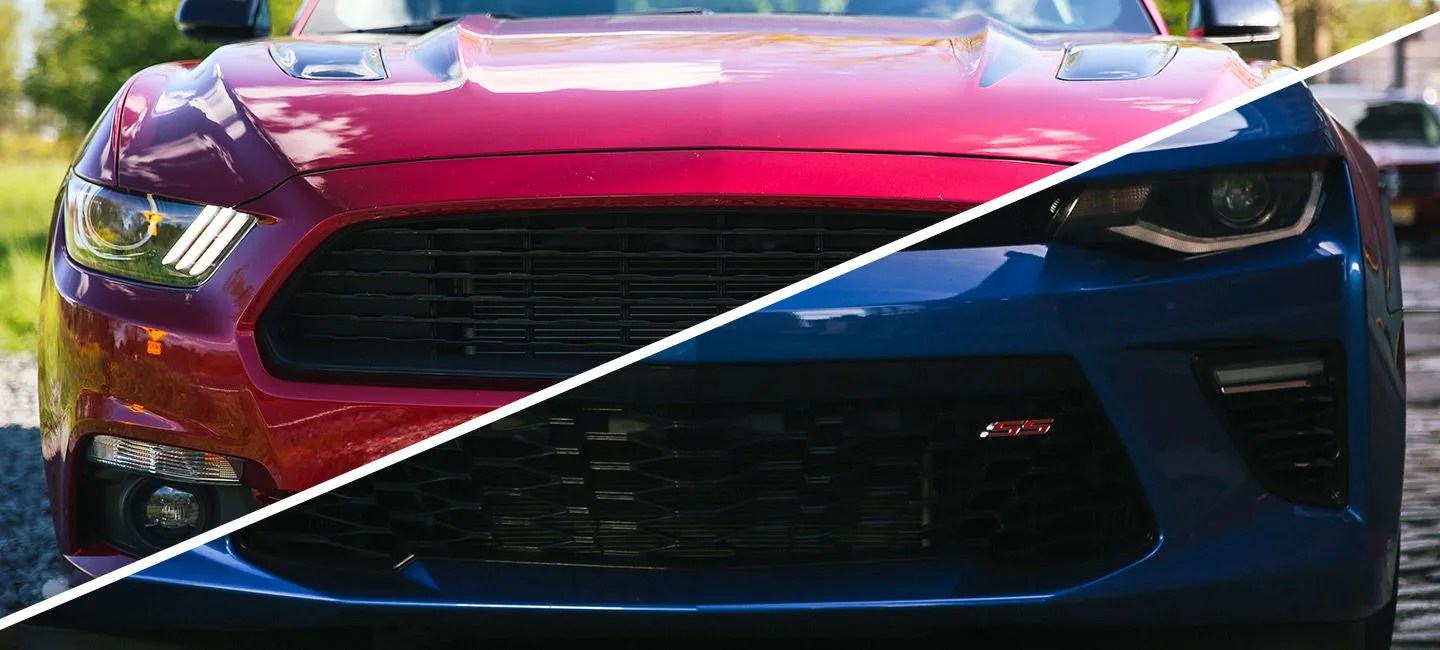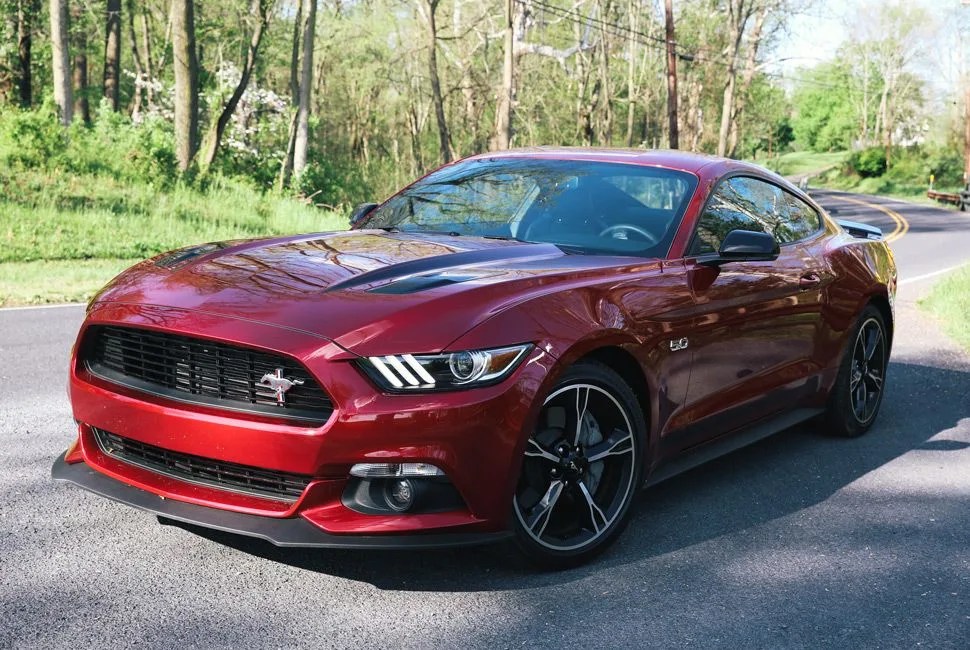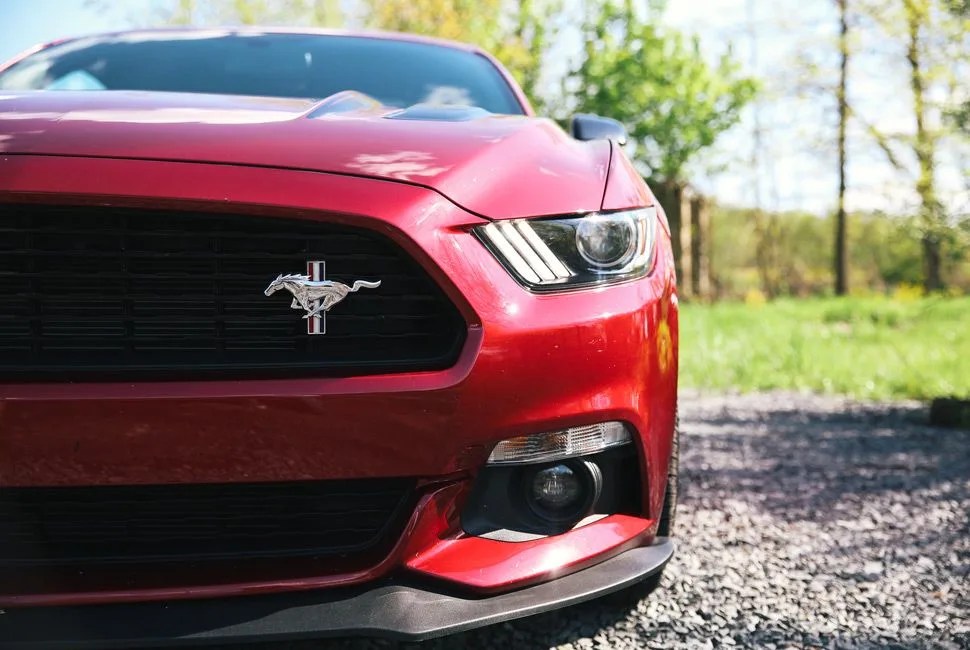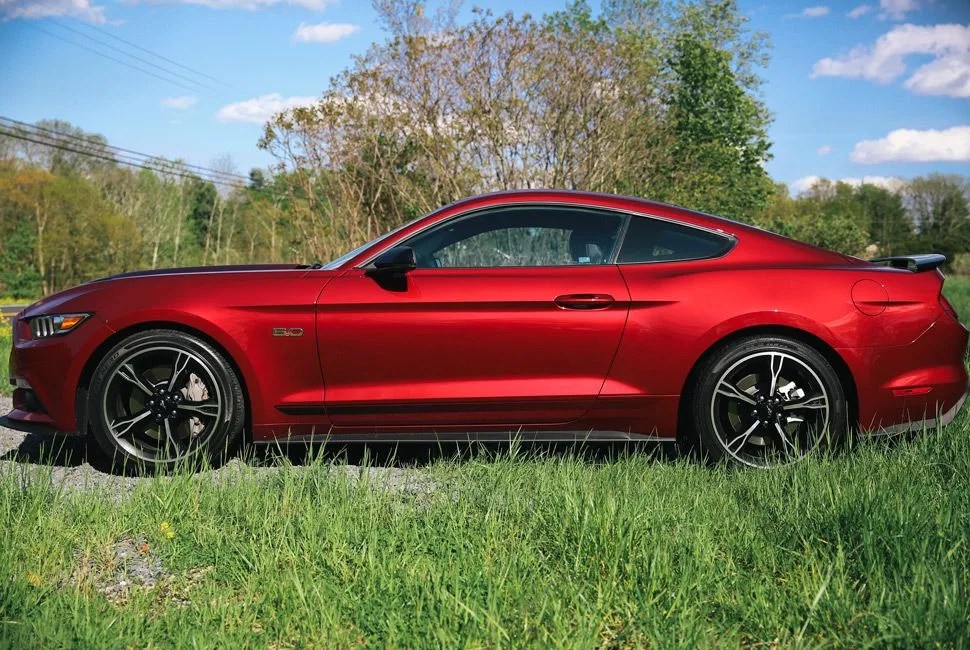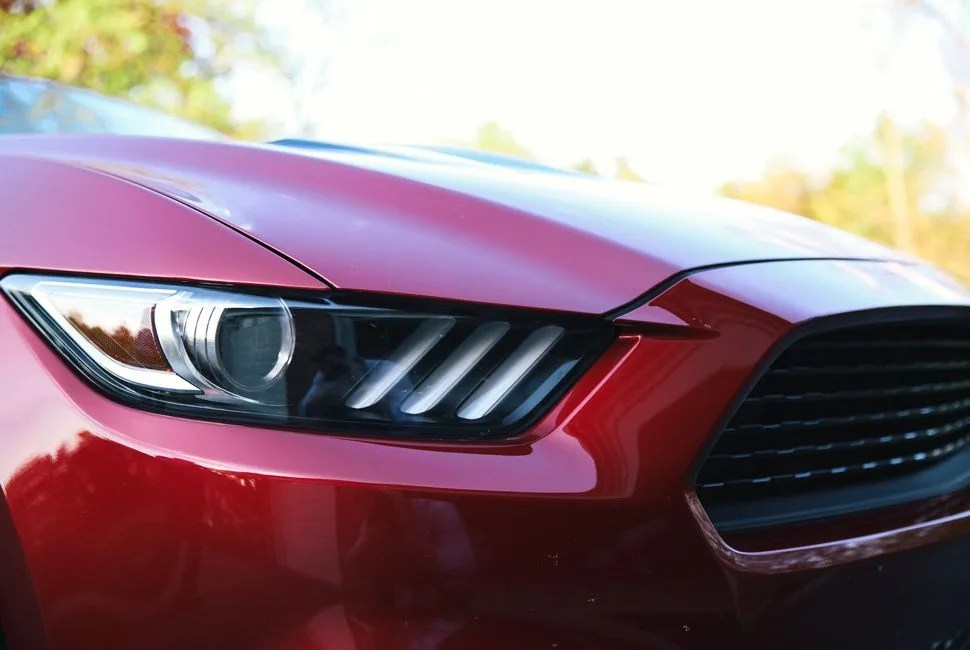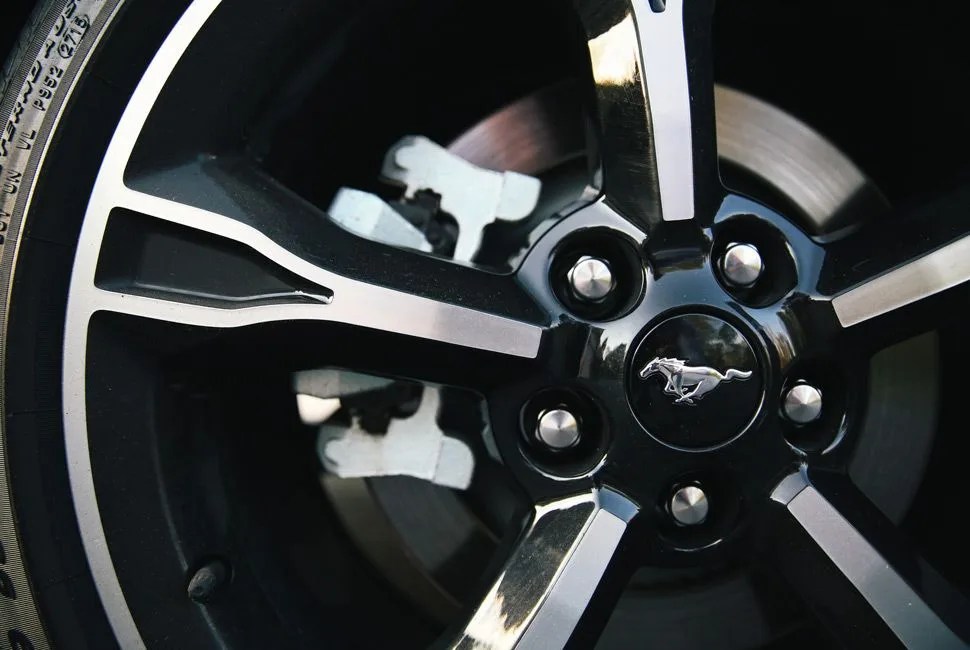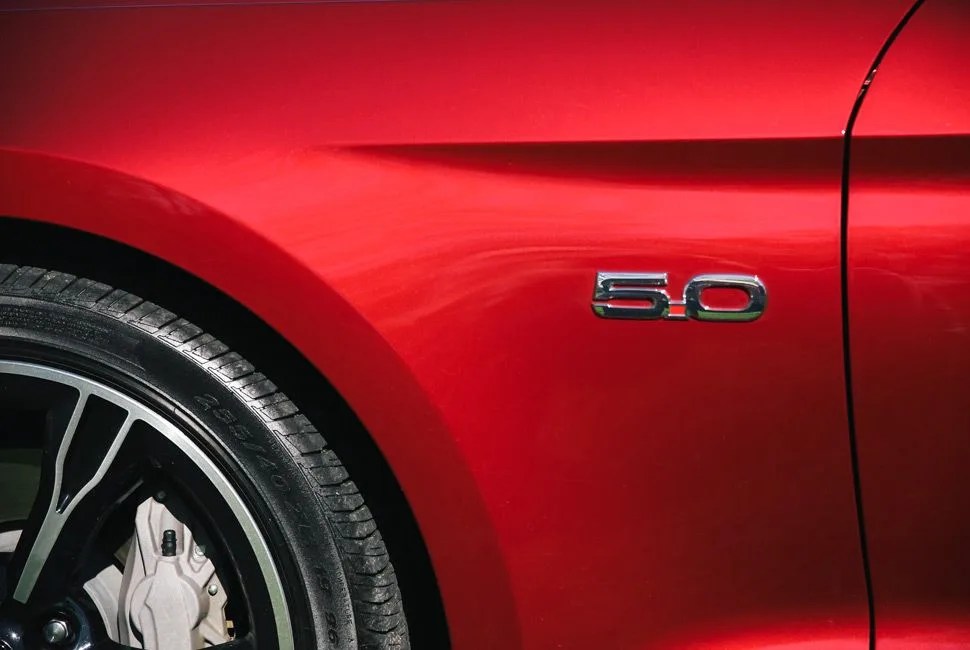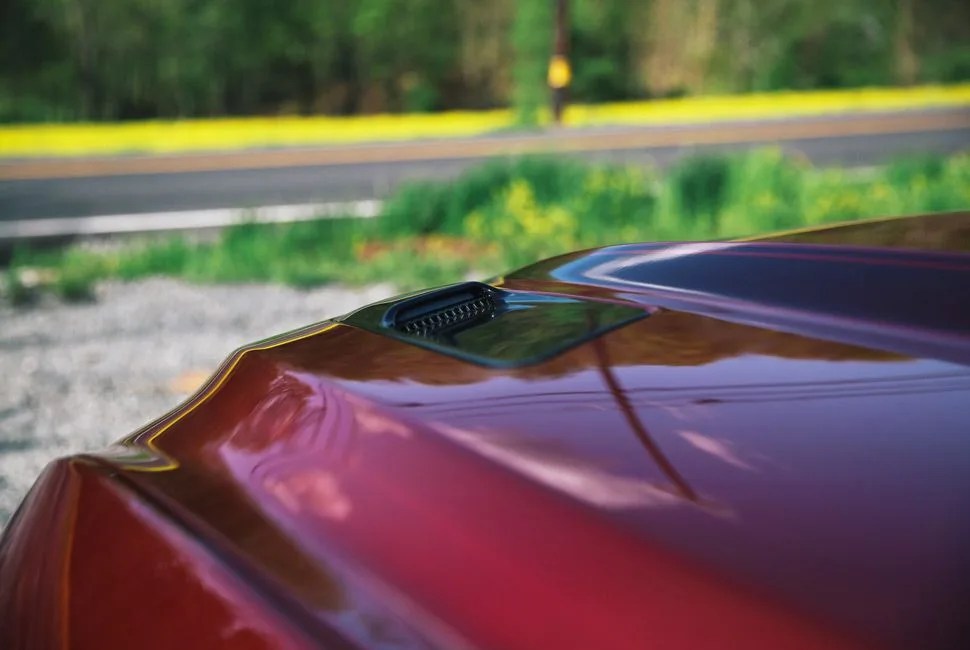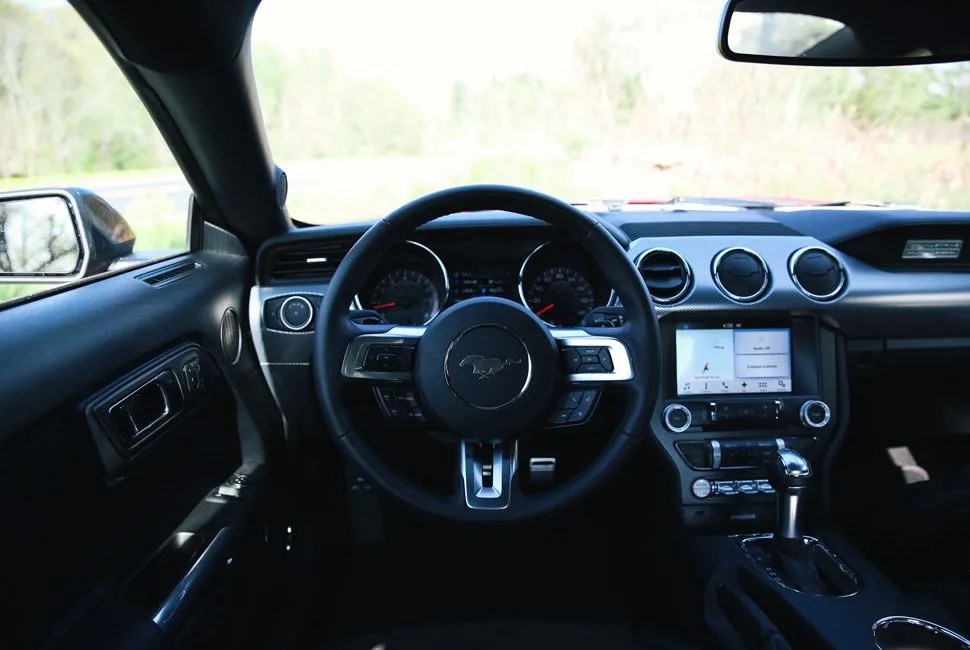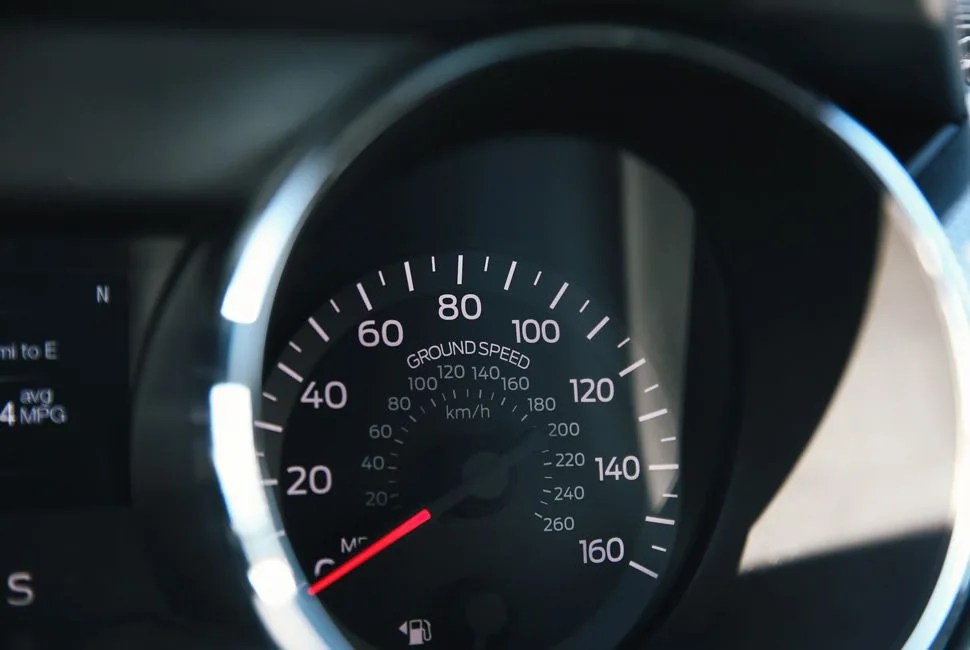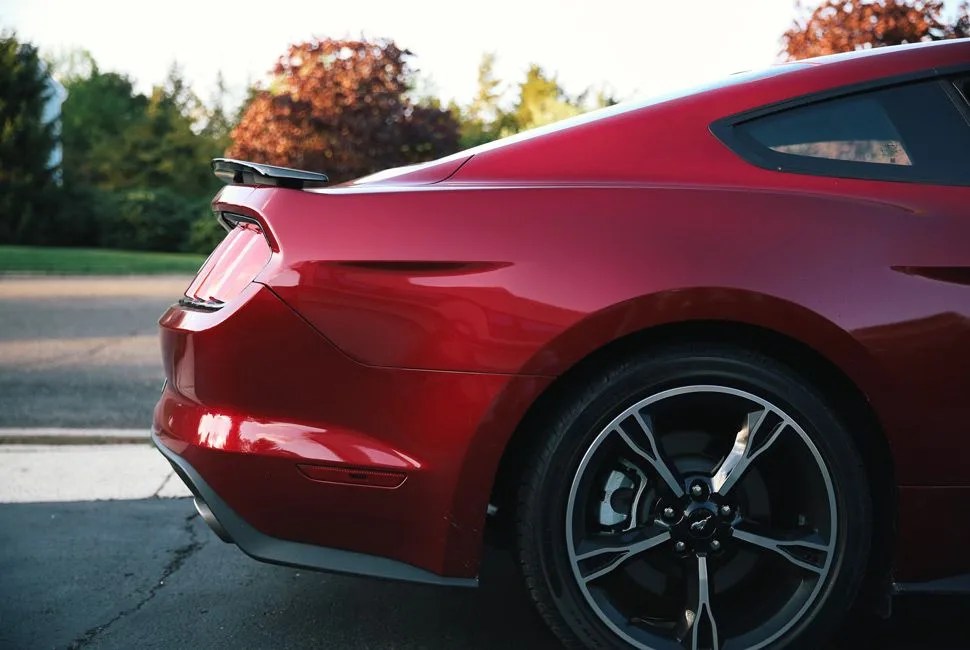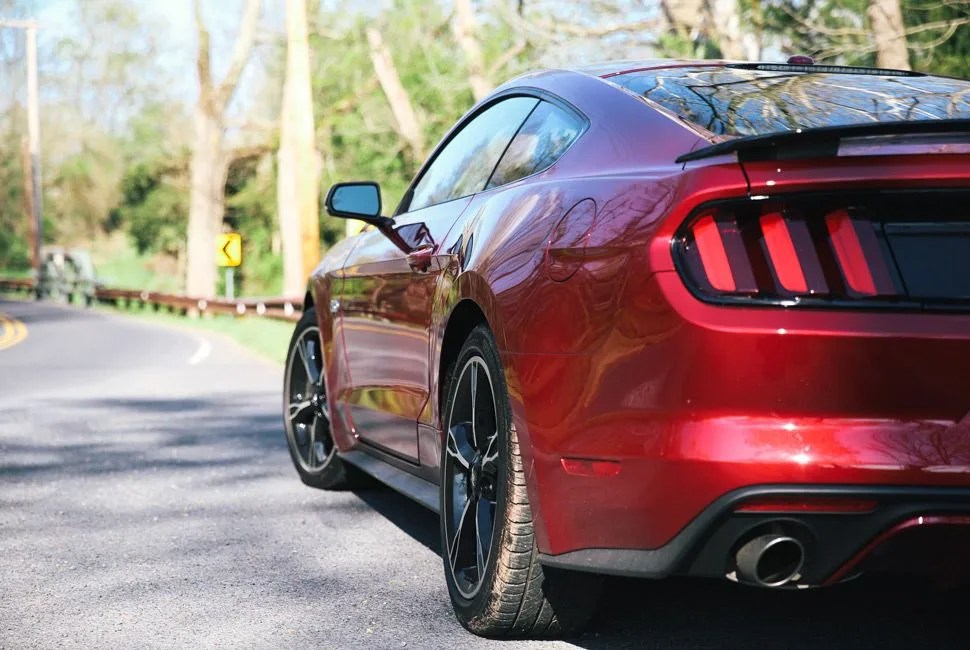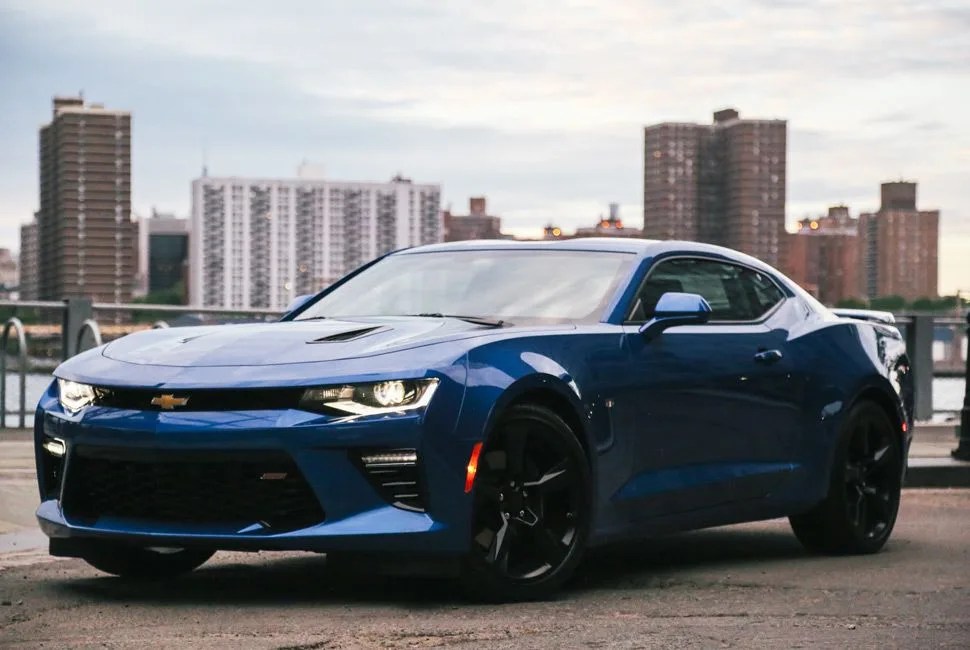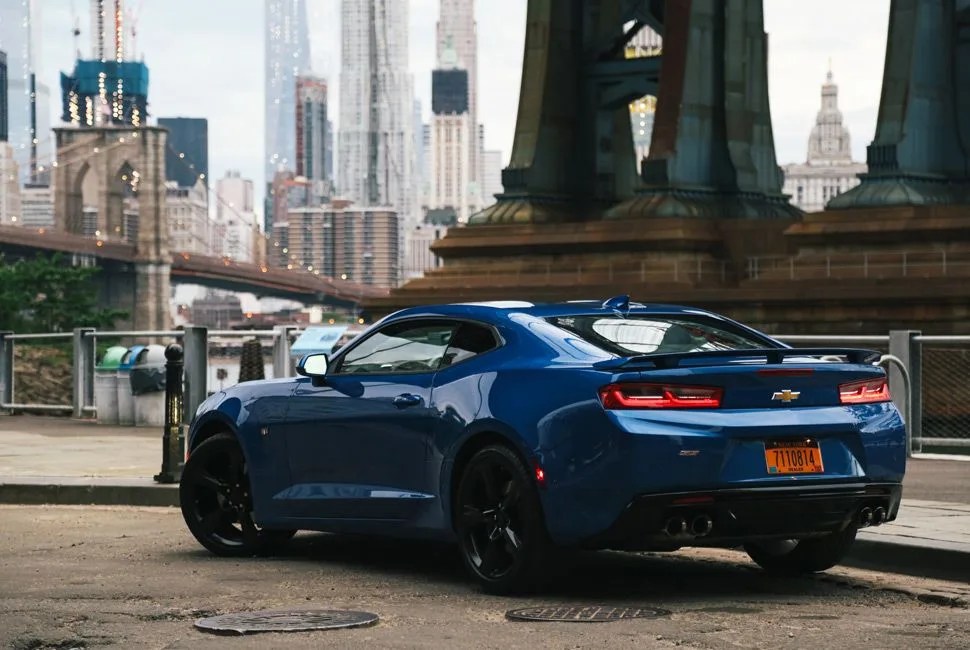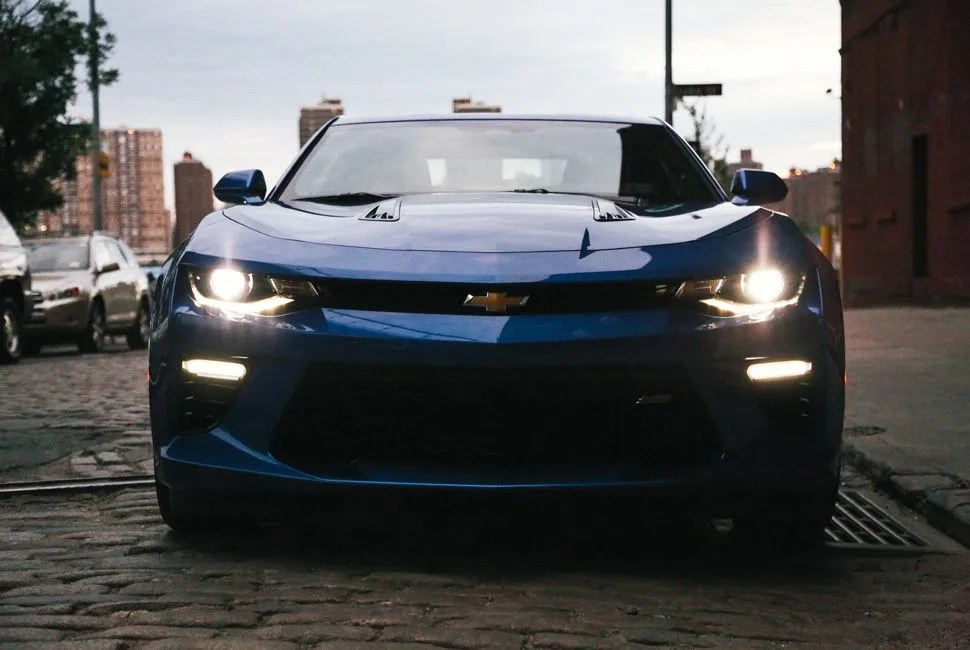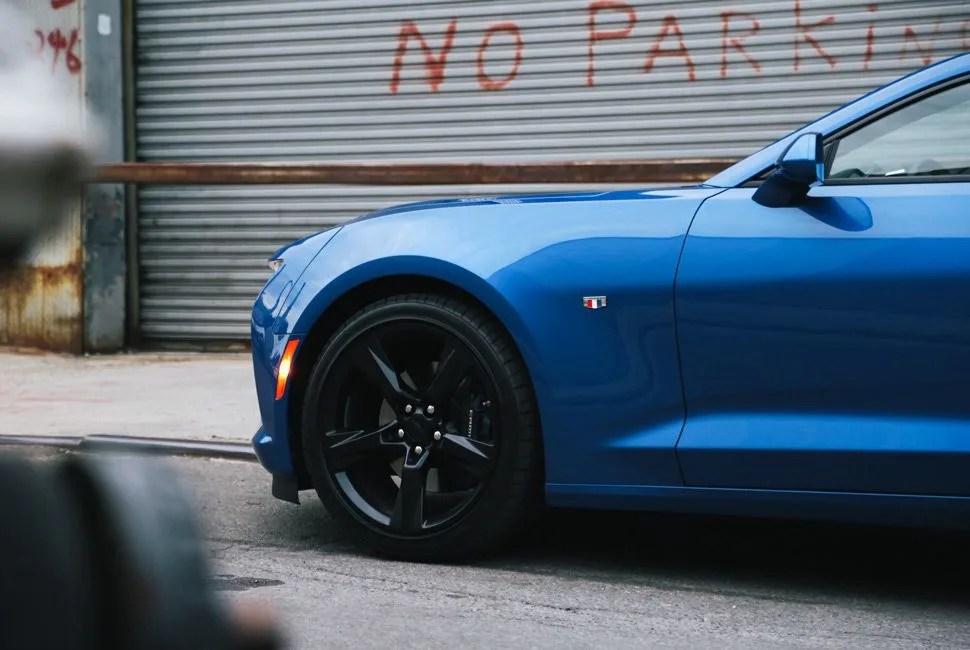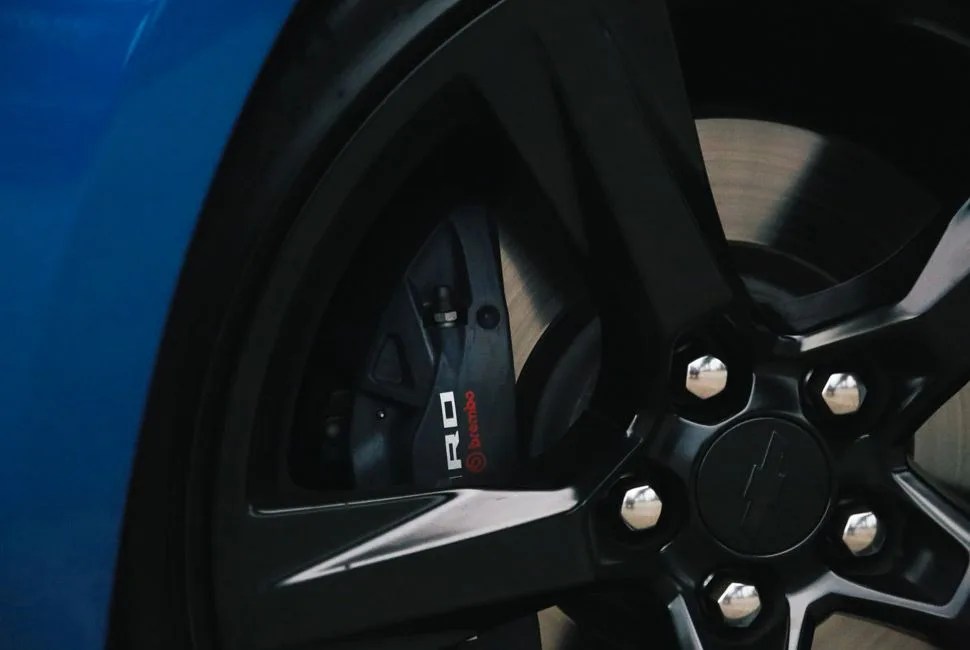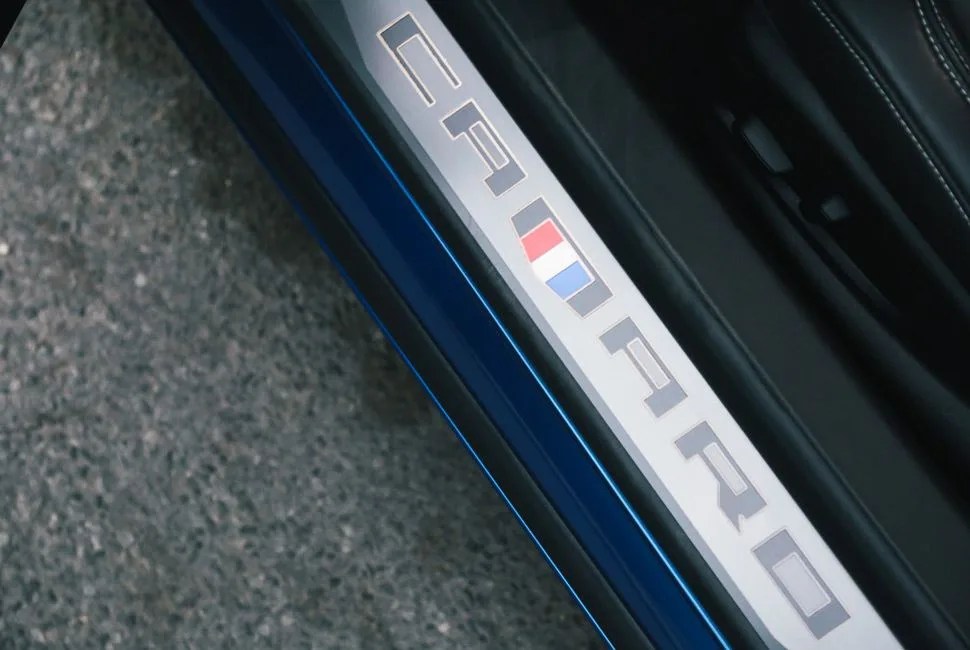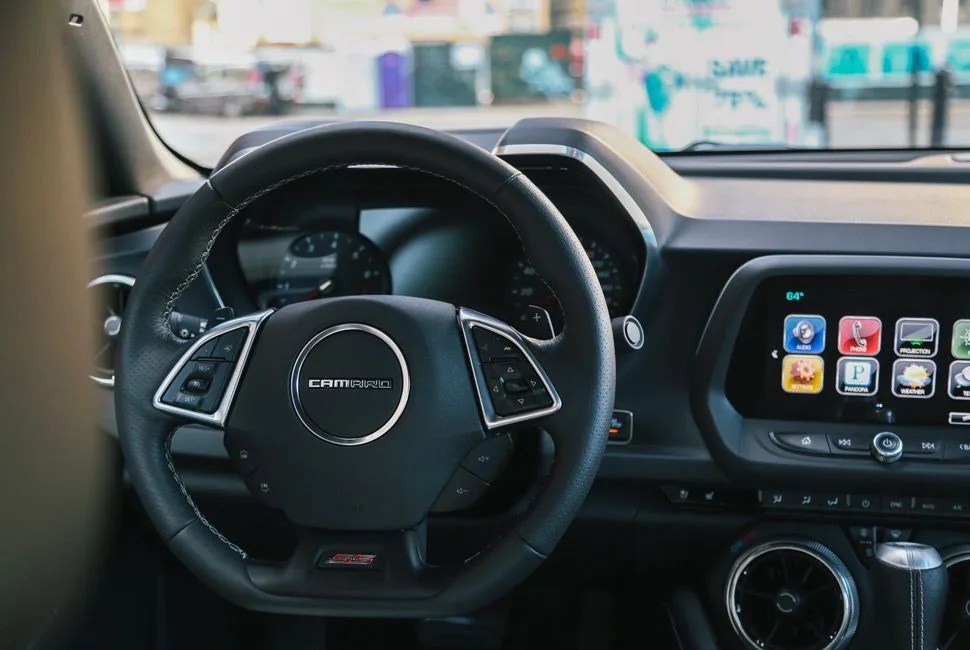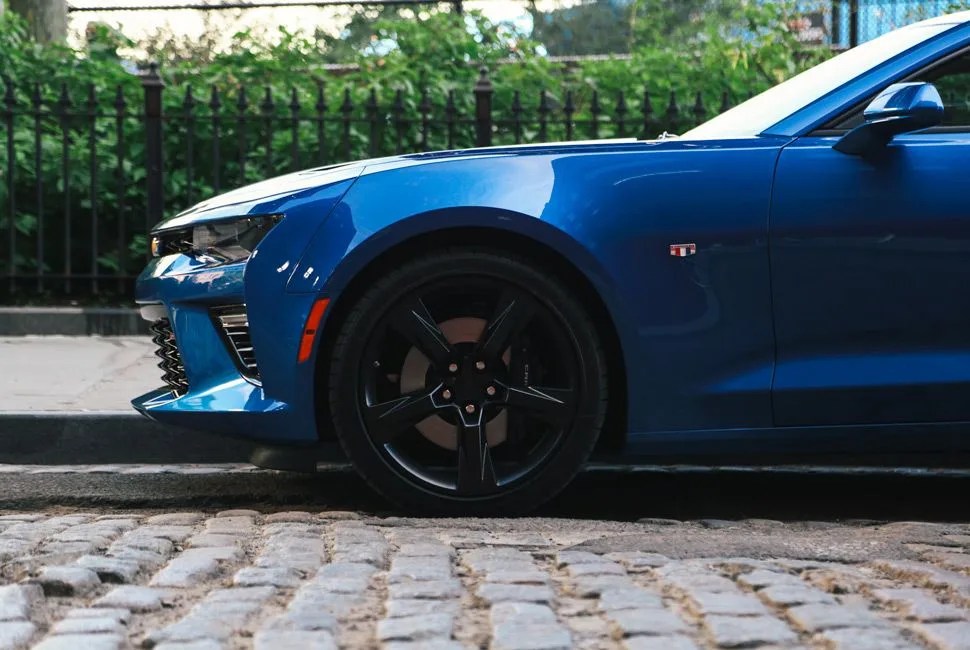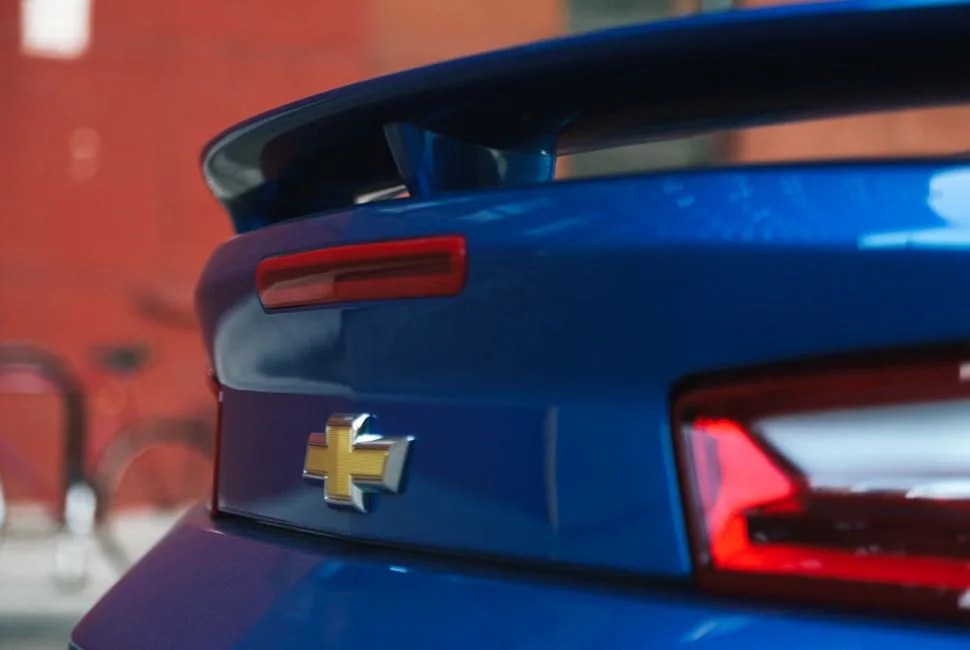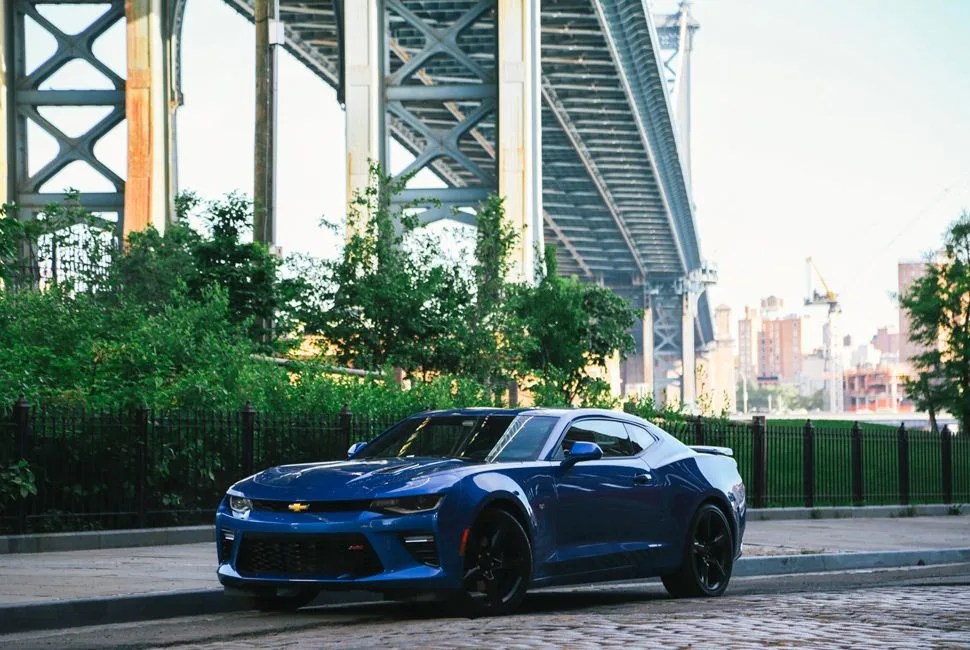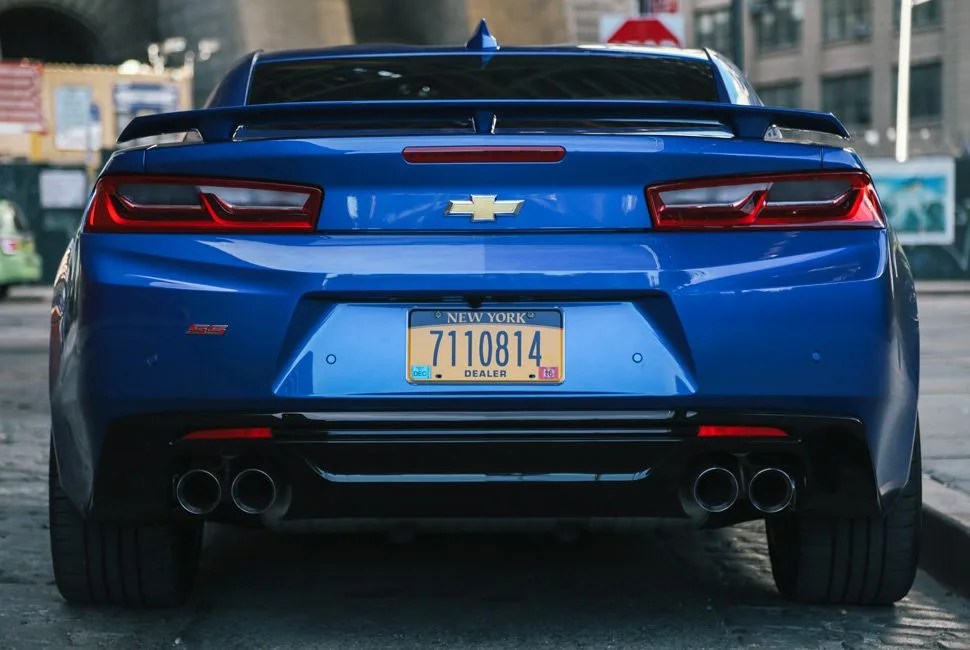The Hatfields and McCoys. The Red Sox and Yankees. Thomas Edison and Nikola Tesla. Some of best stories from the annals of American culture happen to be fierce rivalries. But outside of baseball and mountain-dwelling good ‘ol boys, you’d be hard pressed to find an American rivalry more heated than the to one between the Mustang and Camaro. Millions of dollars in R&D and decades of constant “anything you can do I can do better” bickering between Ford and GM was sparked in 1964, and immediately led to the iconic pony wars of the ‘60s and ’70s. And they’ve been butting headers ever since.
The two cars are constantly compared side by side, and often mentioned in the same breath, but simply parking them side by side and scrutinizing numbers is too easy. To get an unbiased look at how one of America’s most famous rivalries is getting on these days, Andrew Connor took the Chevy Camaro SS for a weekend and I took the Ford Mustang GT. We wouldn’t swap rides halfway through, we wouldn’t even exchange notes — not until we got back to the office. This way, neither car would be directly measured against the other based on horsepower, Nurburgring lap times or any other stream in the pissing contest. We’d compare based on ethos alone.
Ford Mustang GT
11 photos
Looking down from GP HQ’s office window at the the ruby-red Mustang GT sitting on our Manhattan side street, I admired an air of maturity surrounding the newest edition of Ford’s icon. It’s unmistakably a Mustang. All the design cues are there: the long hood, the hips and roofline, the tri-bar taillights — just sharper, purposeful, and looking more well built than the previous generations. I’d like to be able to say I’ve been “Team Mustang” for years, but in truth I’d have to go all the way back to the first generation to find a Mustang I’d fight for, when it originally set out to take on Europe’s finest sports cars in ‘64.
The fifth generation looked chubby; the early aughts and ‘90s renditions were the same thing (and underpowered). I rank the Fox body with the Pontiac Aztec and PT Cruiser as the most hideous cars on the road. The early-’70s Mustangs were all heft and no horsepower — and the Mustang II was just an utter disappointment. To get me eager to drive a Mustang on looks alone is a serious achievement on Dearborn’s part.
Ford used the previous-generation Boss 302 (which lapped Mazda Raceway faster than an M3) as benchmark for the new Mustang GT. They really wanted their pride and joy to be next-level, which meant replacing the prehistoric live rear axle with independent rear suspension and joining the 21st century. The switch had a knock-on effect, causing Dearborn to completely reinvent the chassis. But, race-winning handling aside, it’s the interior that closes the door on all those muscle-car “cheap performance” tropes and the degrading “you get what you pay for” stigma. 90 percent of what you touch inside is either brushed aluminum, soft leather or alcantara: the standard for any “mature” sports car these days.
